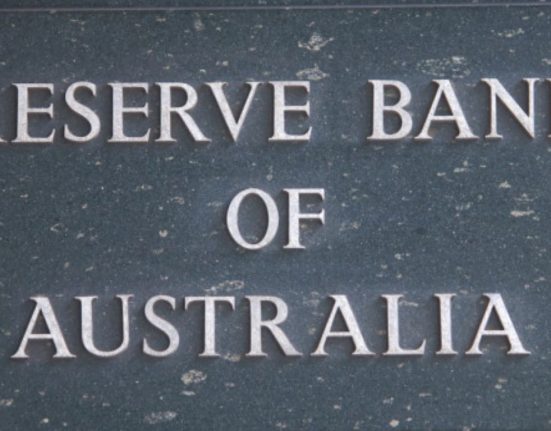Introduction
The AUD/USD exchange rate encountered selling pressure in the Asian session as it retreated from its recent recovery near 0.6650. This downward trend followed the release of disappointing Australian Employment data, which highlighted a slowdown in job creation. The Reserve Bank of Australia’s (RBA) decision to raise interest rates has further exacerbated the challenges faced by businesses, prompting a decline in the Australian dollar.
Australian Employment Data Sparks Sell-off
In the early Asian trading hours, the AUD/USD currency pair experienced an extreme sell-off in response to the release of downbeat Australian Employment data. The report revealed a significant deceleration in employment generation, underscoring the growing difficulties faced by Australian businesses. This disappointing data had an immediate impact on the Australian dollar, leading to a downward correction in its value against the US dollar.
Businesses Struggle Amid RBA’s Higher Interest Rates
One of the primary factors contributing to the current selling pressure on the AUD/USD is the RBA’s decision to raise interest rates. The central bank’s move aims to combat inflationary pressures and maintain economic stability. However, the higher interest rates have created challenges for businesses, including increased borrowing costs and reduced consumer spending. As a result, firms are grappling with the consequences of these monetary policy actions, which have further intensified the selling pressure on the Australian dollar.
Slowdown in Employment Generation
The recent Australian Employment data points to a notable slowdown in job creation across various sectors. With businesses facing higher borrowing costs due to the RBA’s interest rate hikes, many have become cautious about expanding their workforce. This caution stems from concerns about the impact of rising costs on their profitability and ability to sustain employment levels. Consequently, the labor market has witnessed a deceleration in employment growth, amplifying the downward pressure on the AUD/USD exchange rate.
Impact on the Australian Dollar
The combination of disappointing employment figures and the RBA’s interest rate policy has had a tangible effect on the Australian dollar. The currency, commonly known as the Aussie, experienced a decline as market participants reacted to the negative news. Investors and traders responded by selling off the Australian dollar, seeking more favorable opportunities elsewhere. Consequently, the AUD/USD exchange rate retreated from its recent recovery levels, reflecting the downward sentiment surrounding the Australian currency.
Concerns for Australian Businesses
Australian businesses now face a challenging environment due to the slowdown in employment growth and the RBA’s interest rate hikes. With borrowing costs on the rise, companies are under pressure to manage their expenses and maintain profitability. The caution exhibited by businesses in expanding their workforce has the potential to dampen economic growth and hinder recovery efforts. As a result, Australian firms must navigate these obstacles while adapting to the evolving economic landscape.
Future Outlook and Implications
The AUD/USD’s selling pressure, triggered by the disappointing Australian Employment data and the RBA’s higher interest rates, highlights the challenges faced by the Australian economy. The labor market’s slowdown and cautious business sentiment pose risks to sustained economic growth. Furthermore, the declining Australian dollar may impact import costs, potentially leading to increased inflationary pressures. As the situation evolves, market participants will closely monitor economic indicators and the RBA’s monetary policy decisions for potential signs of stabilization or further volatility in the AUD/USD exchange rate.
Conclusion
The AUD/USD currency pair faced selling pressure after a brief recovery, primarily driven by the release of lackluster Australian Employment data. The slowdown in employment generation, coupled with the RBA’s decision to raise interest rates, has placed businesses under significant pressure. As a result, the Australian dollar experienced a decline against the US dollar. These developments underscore the challenges faced by Australian businesses and the potential implications for the broader economy.










